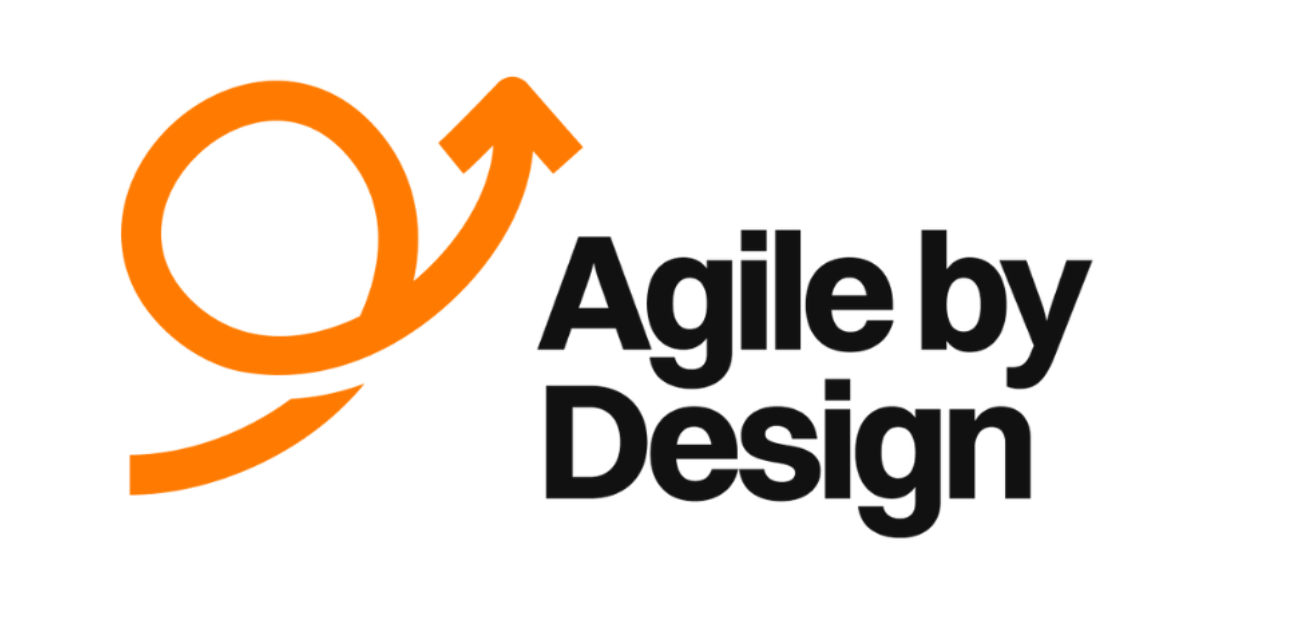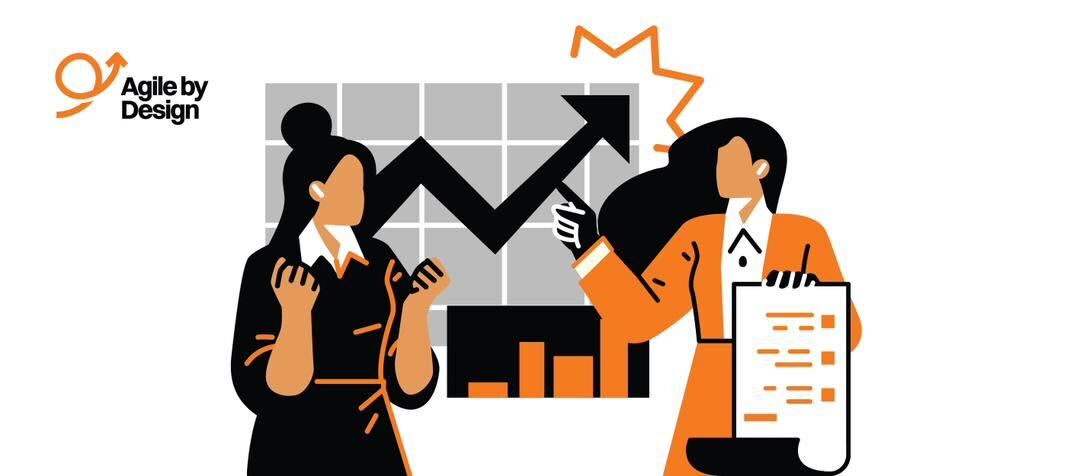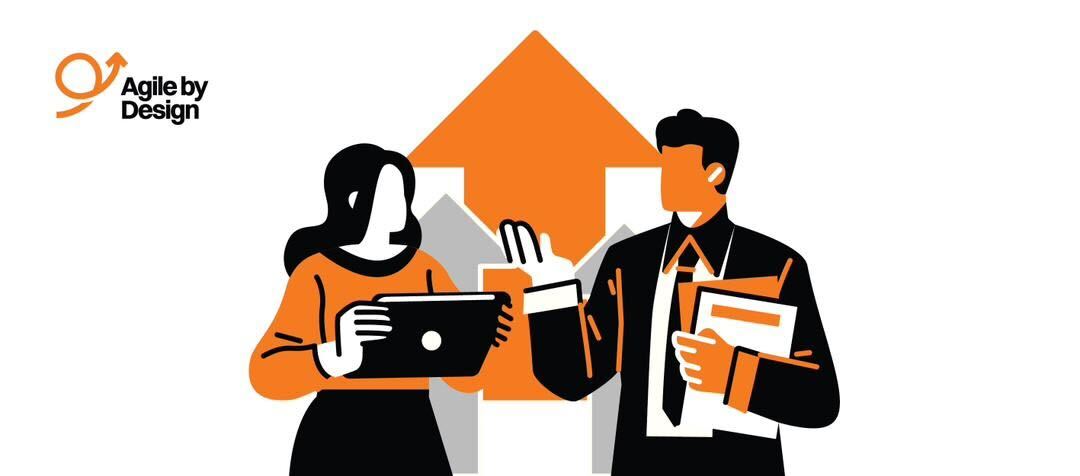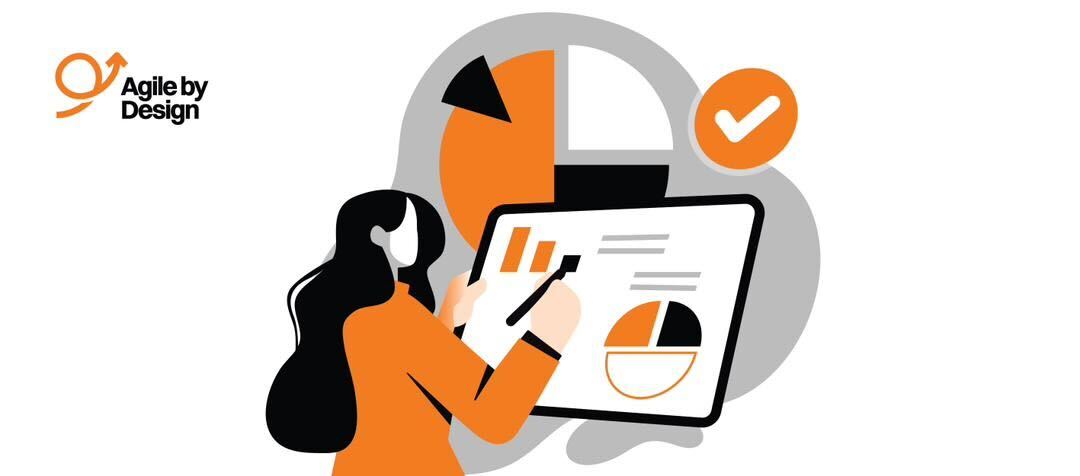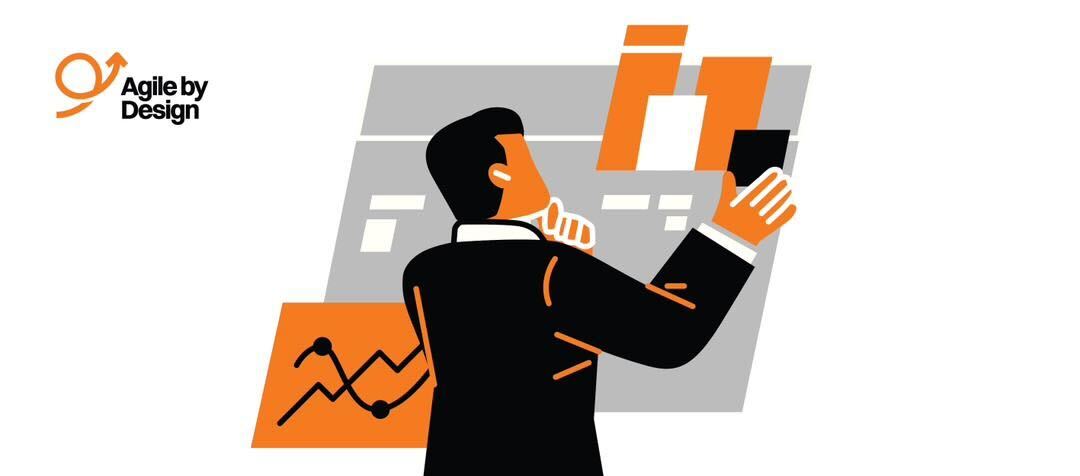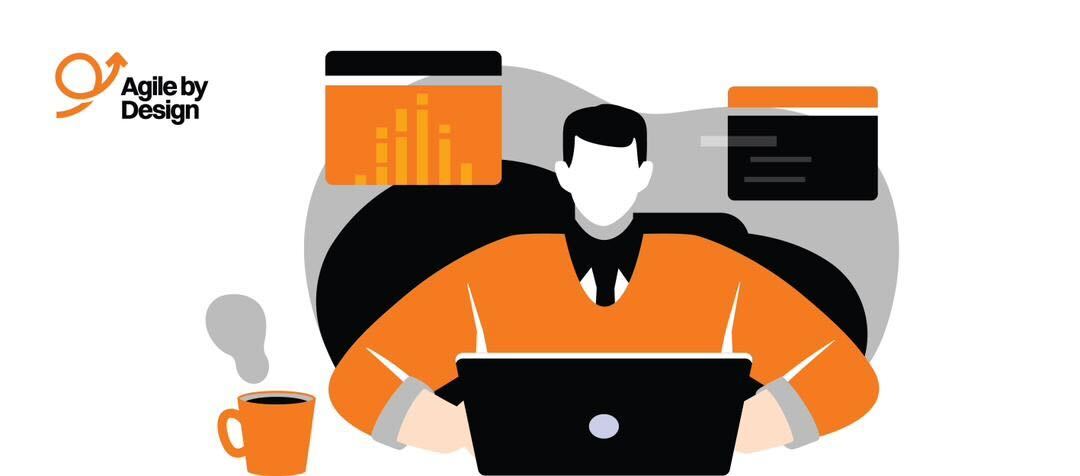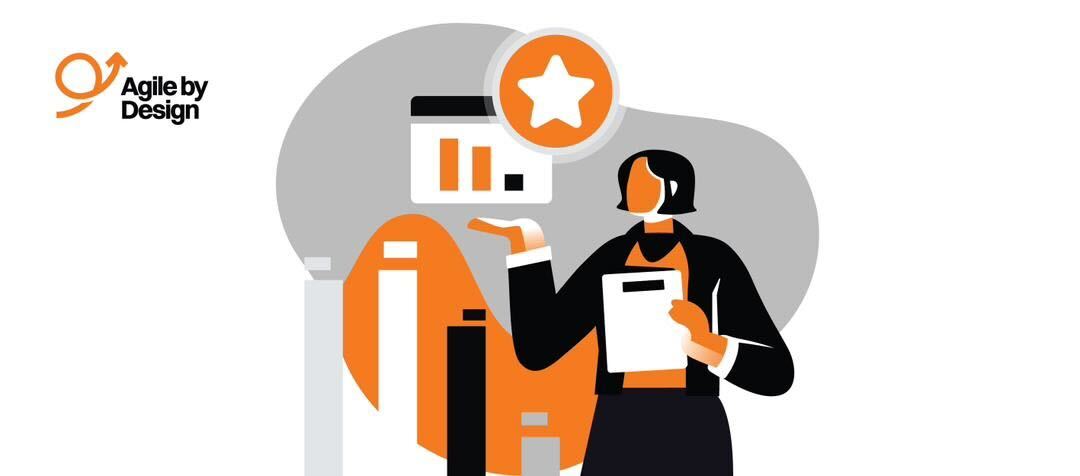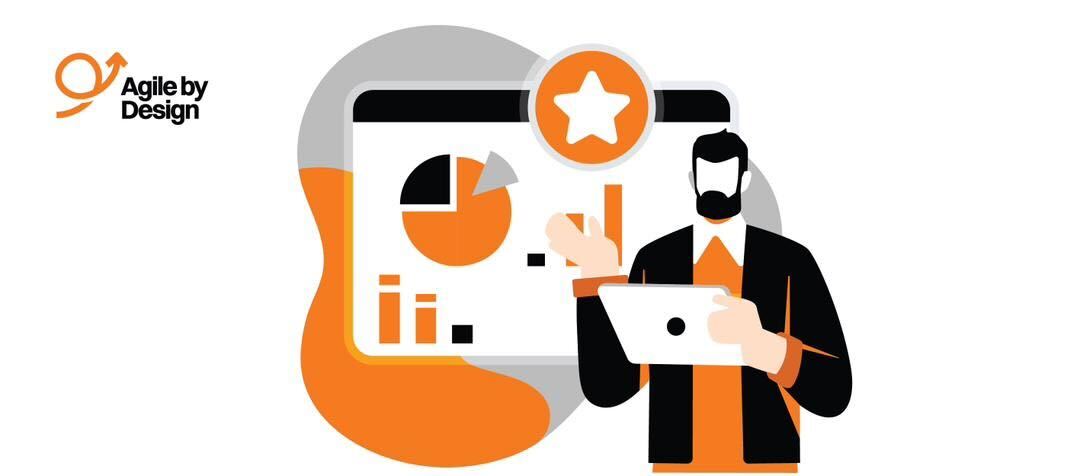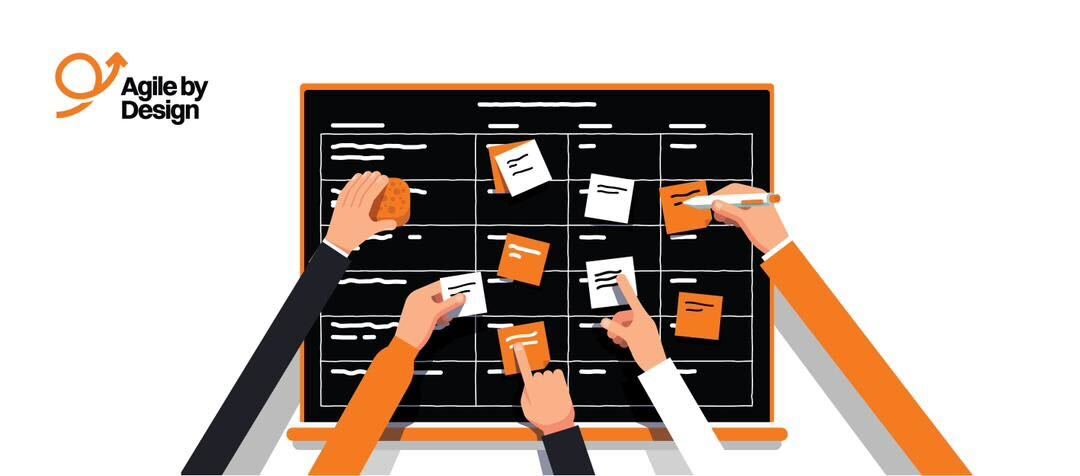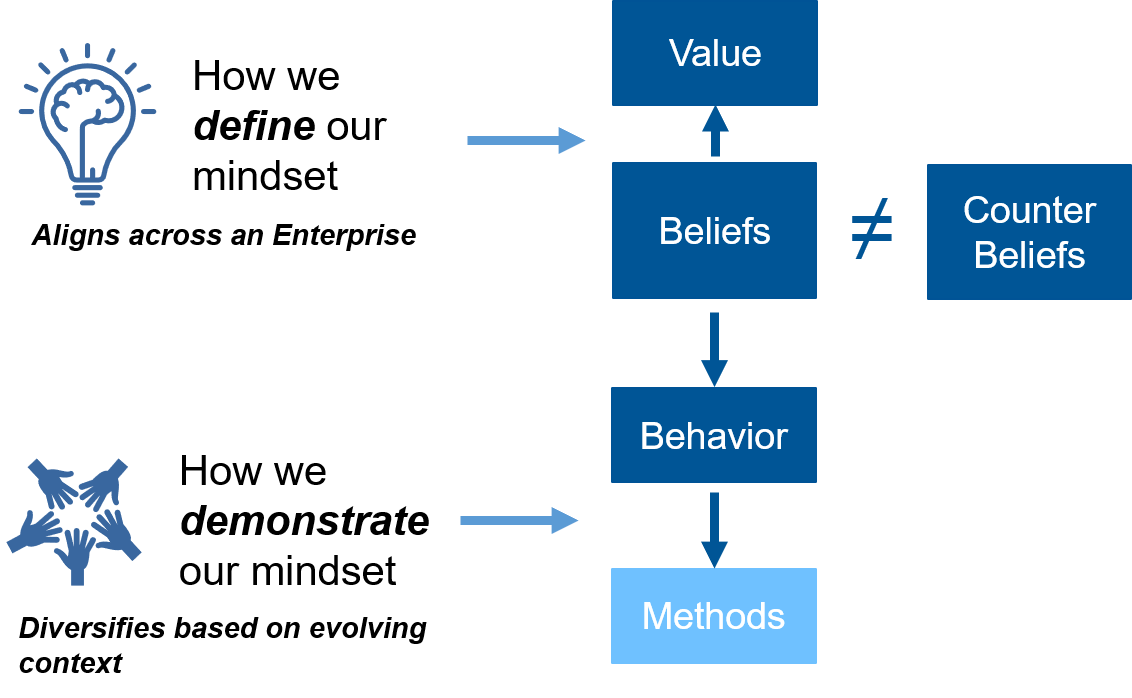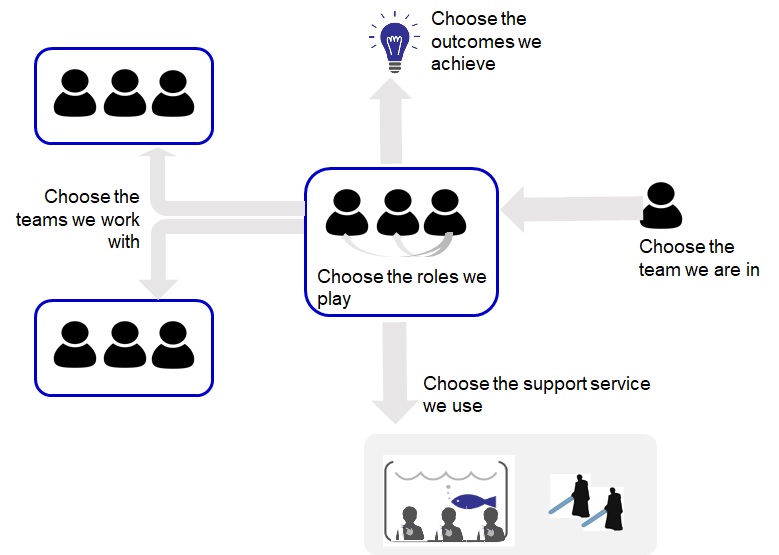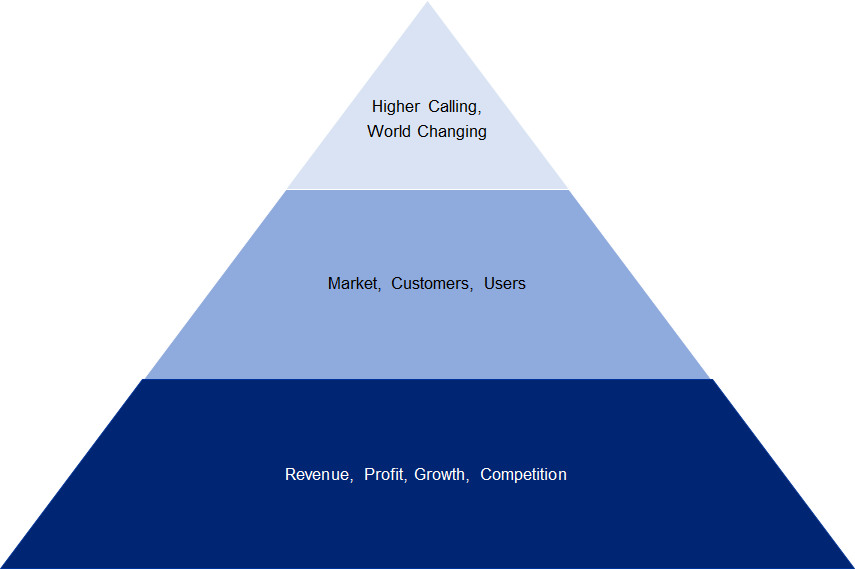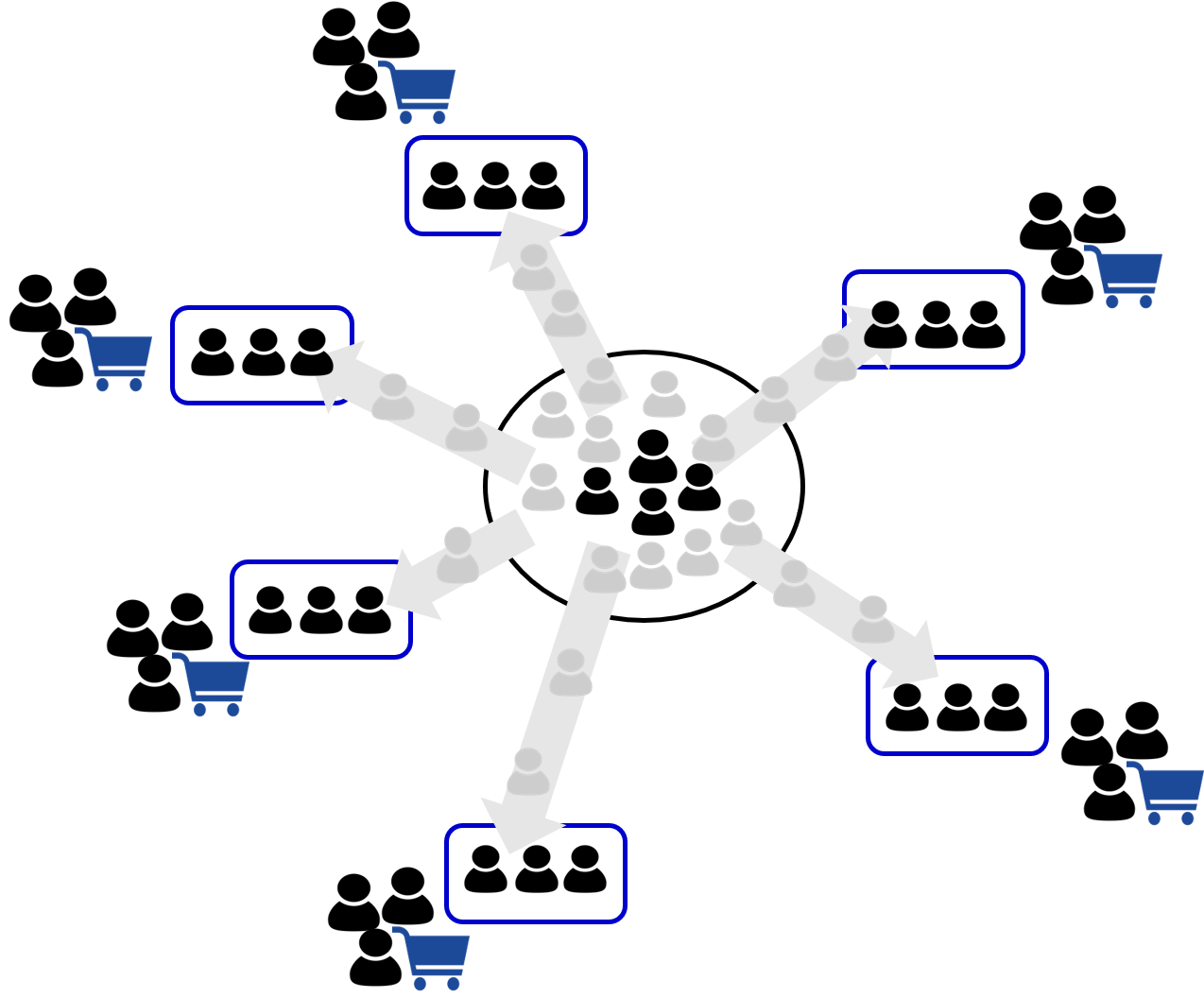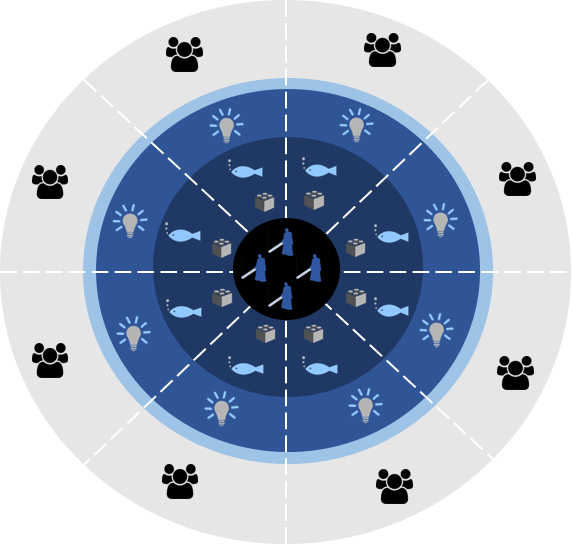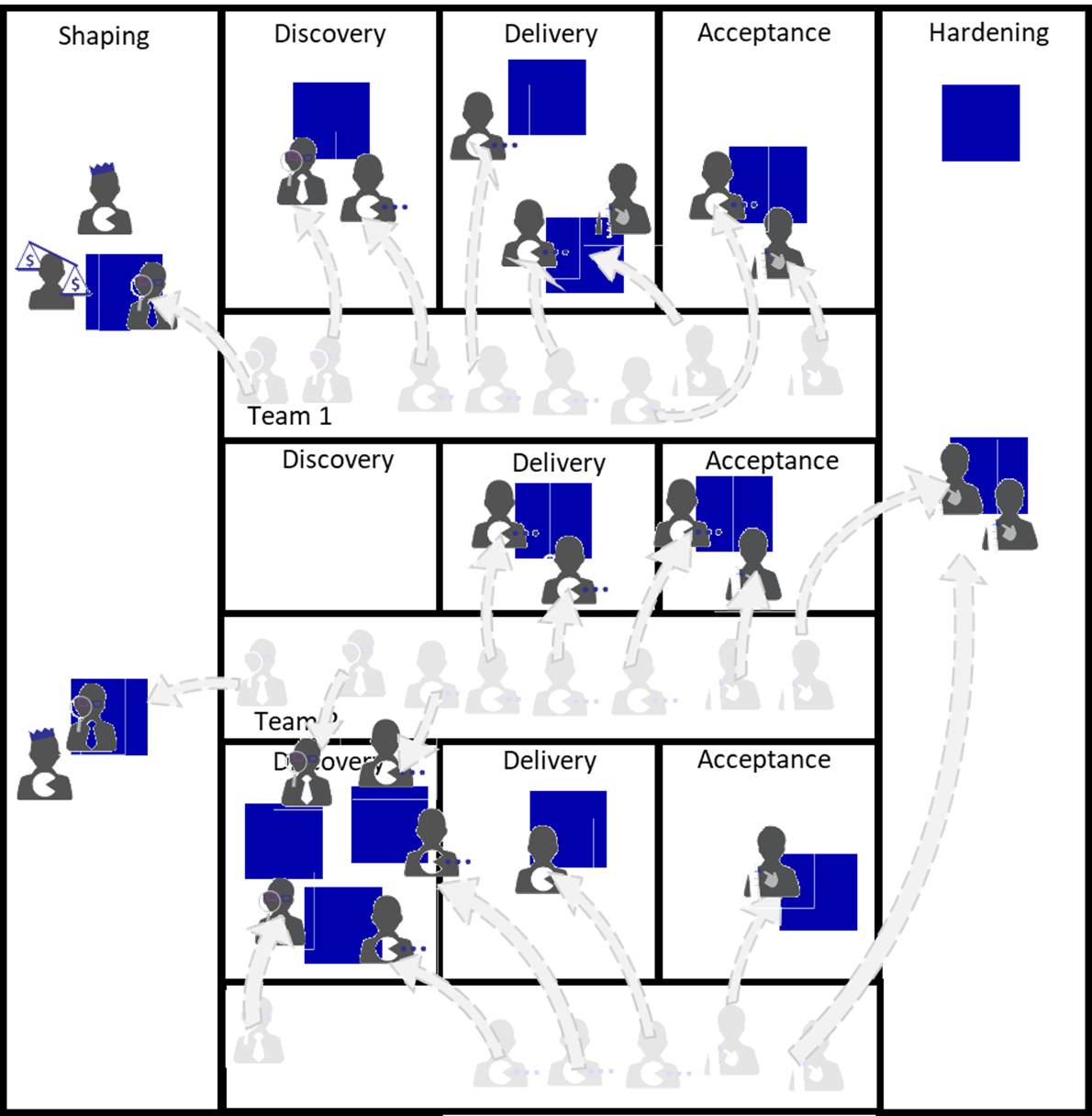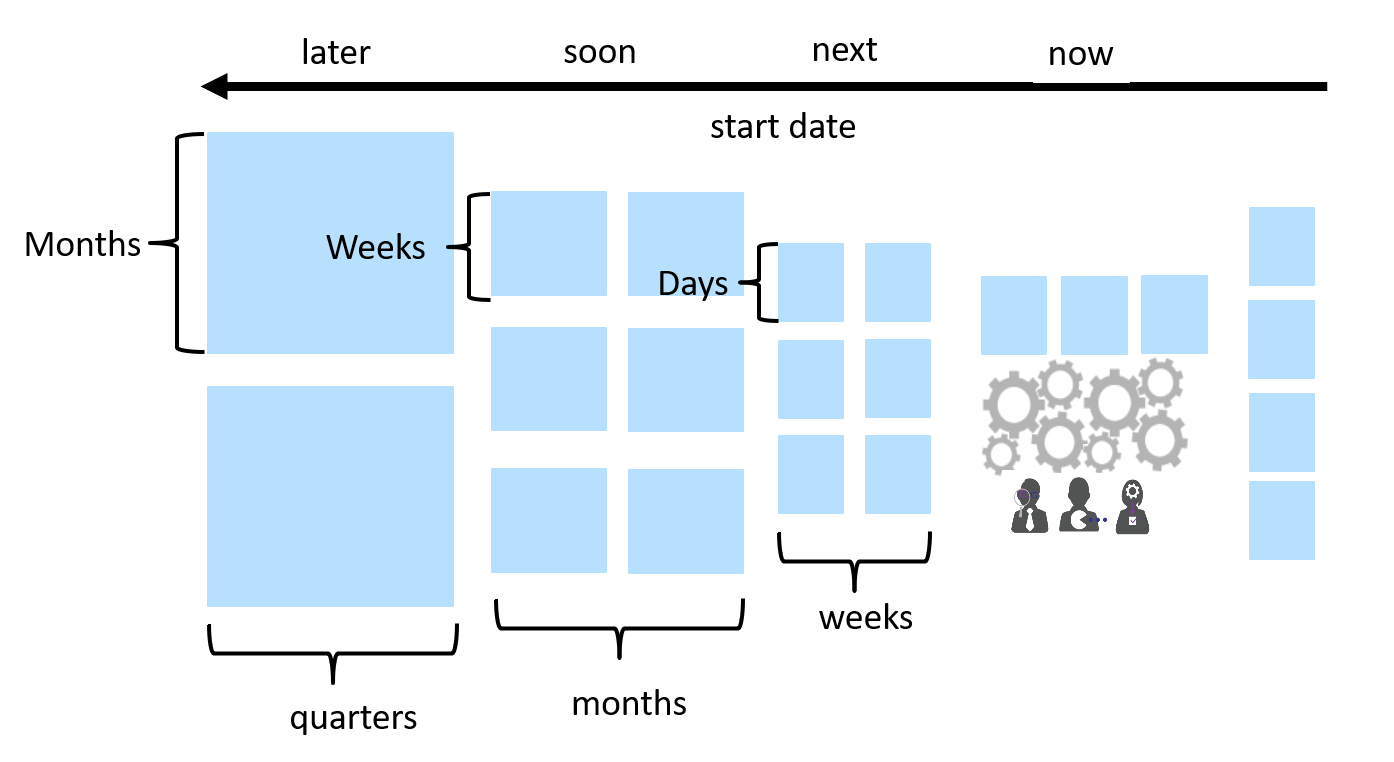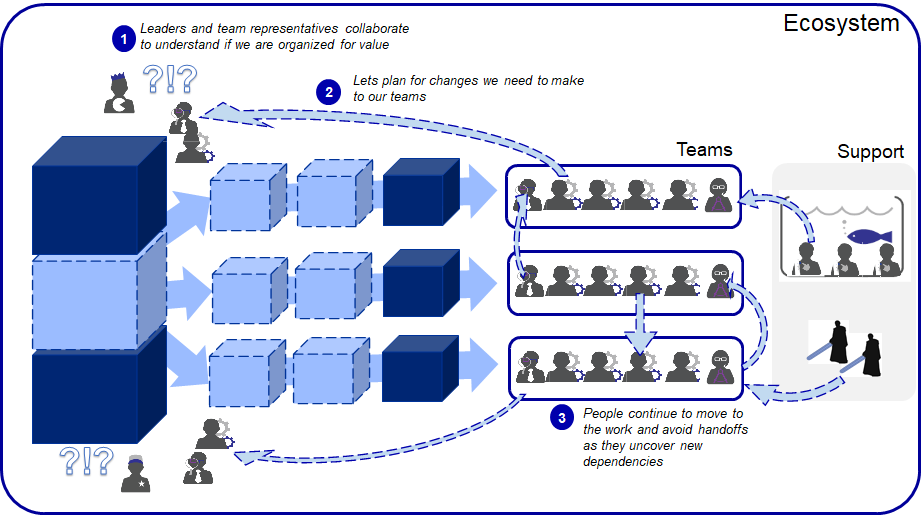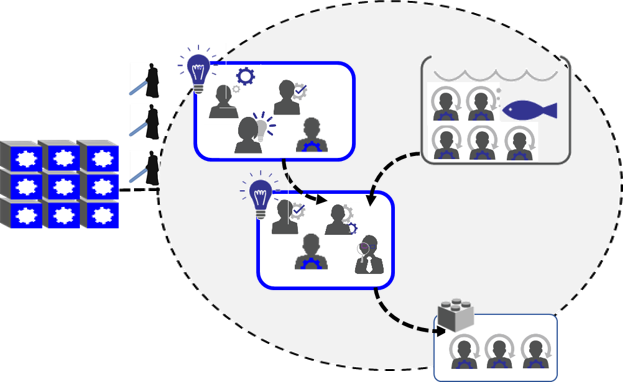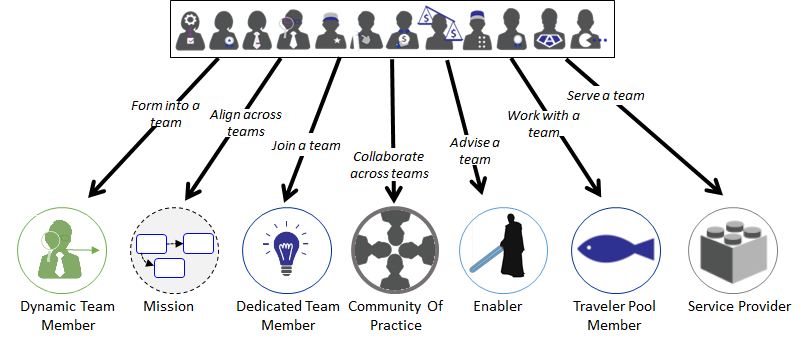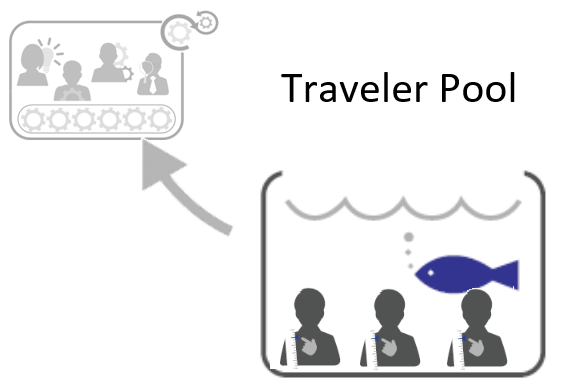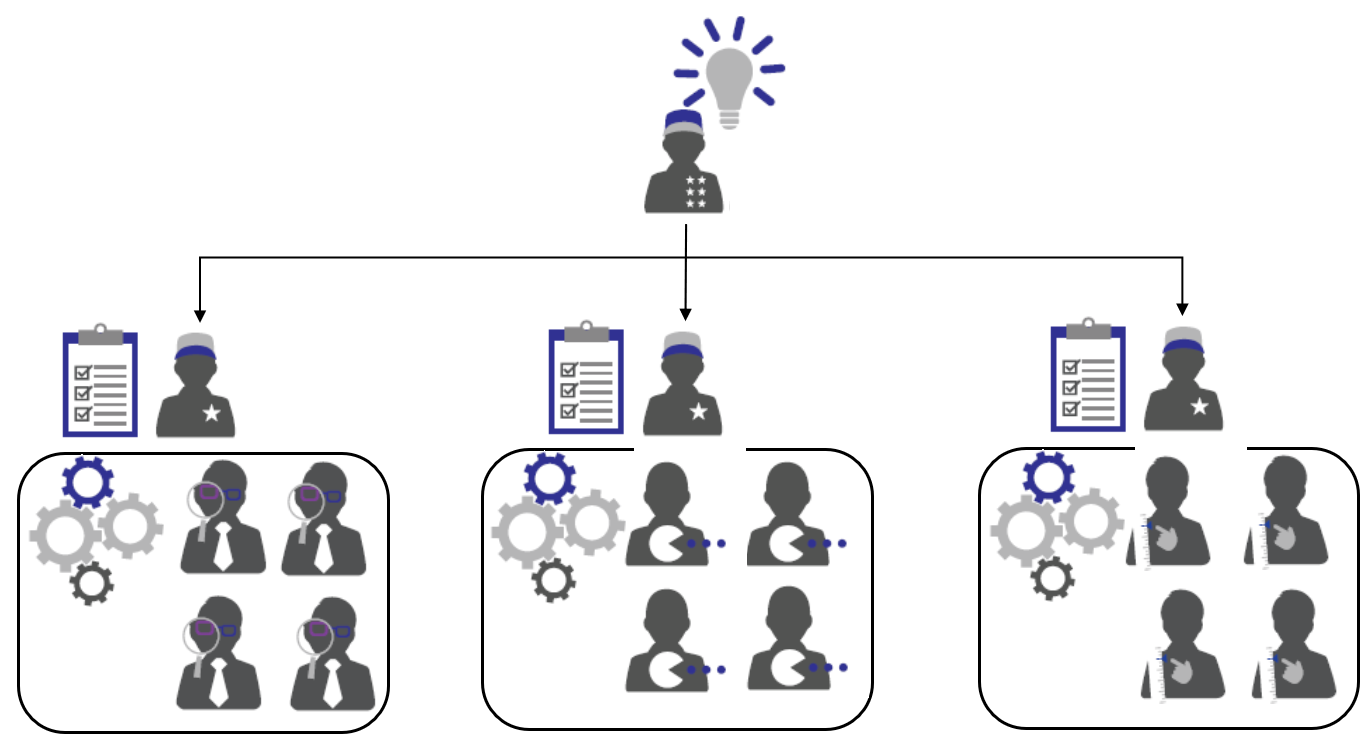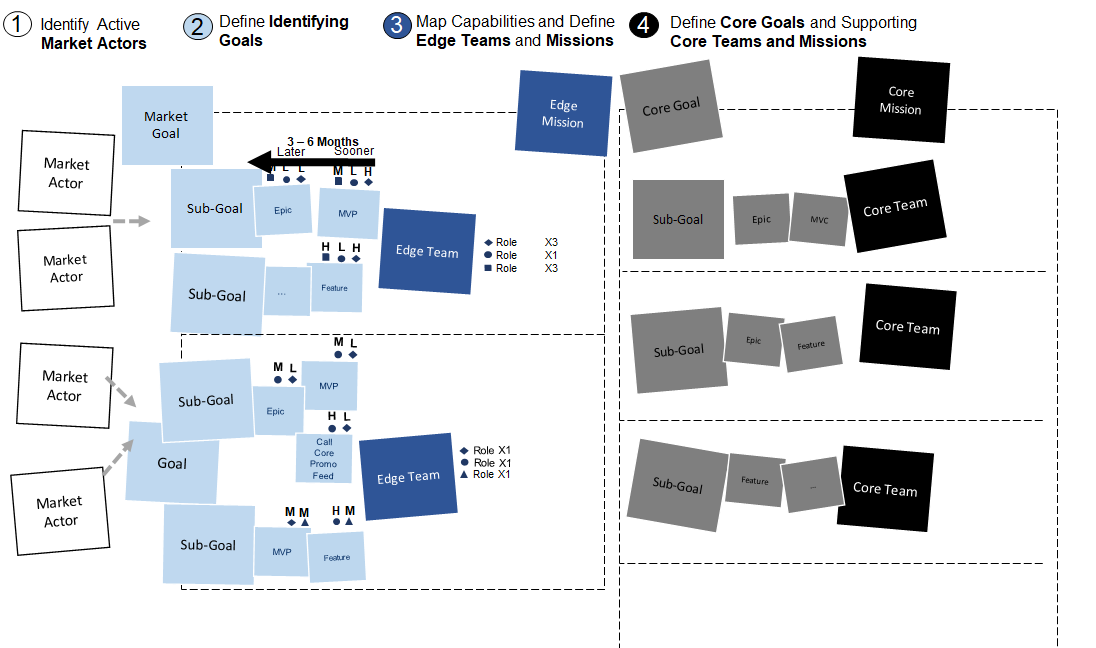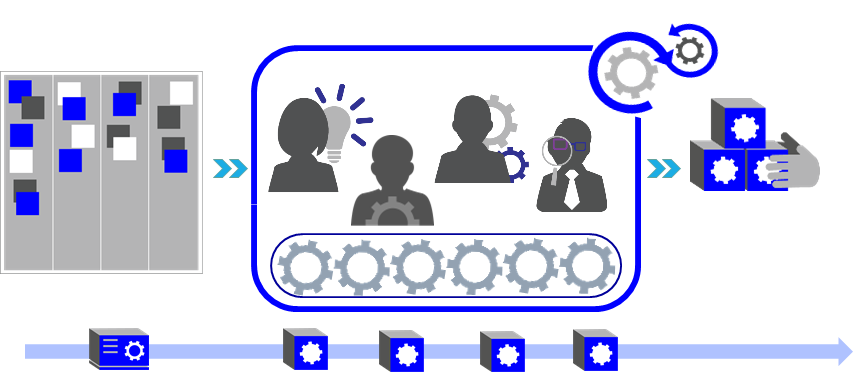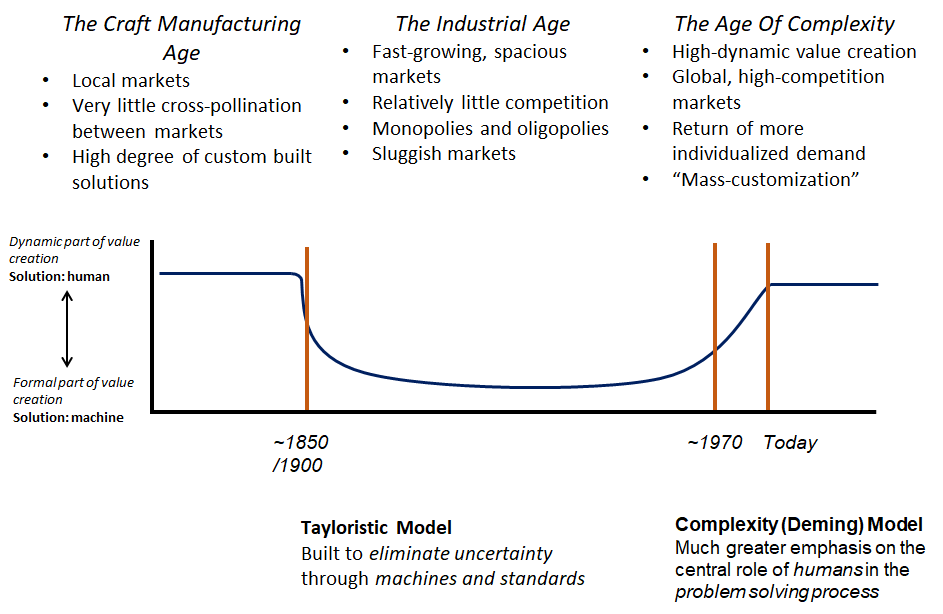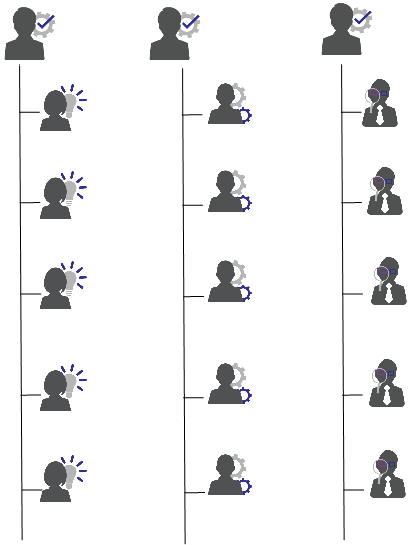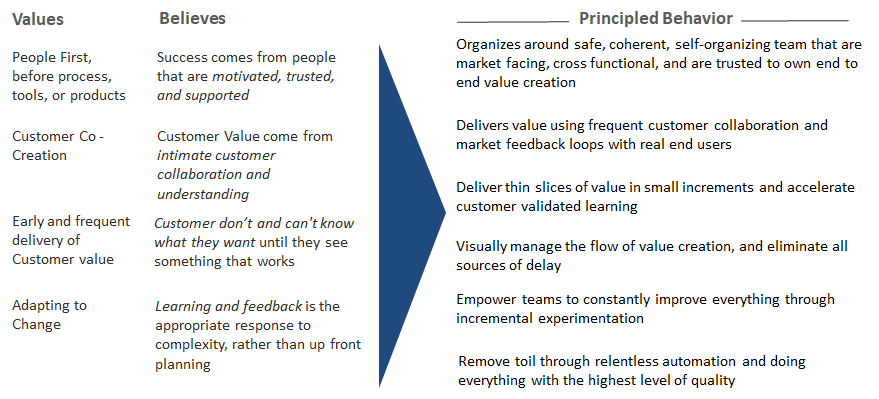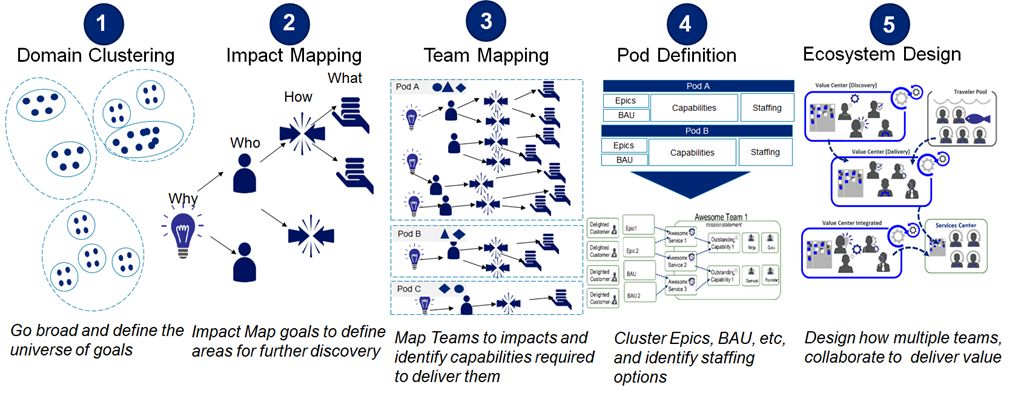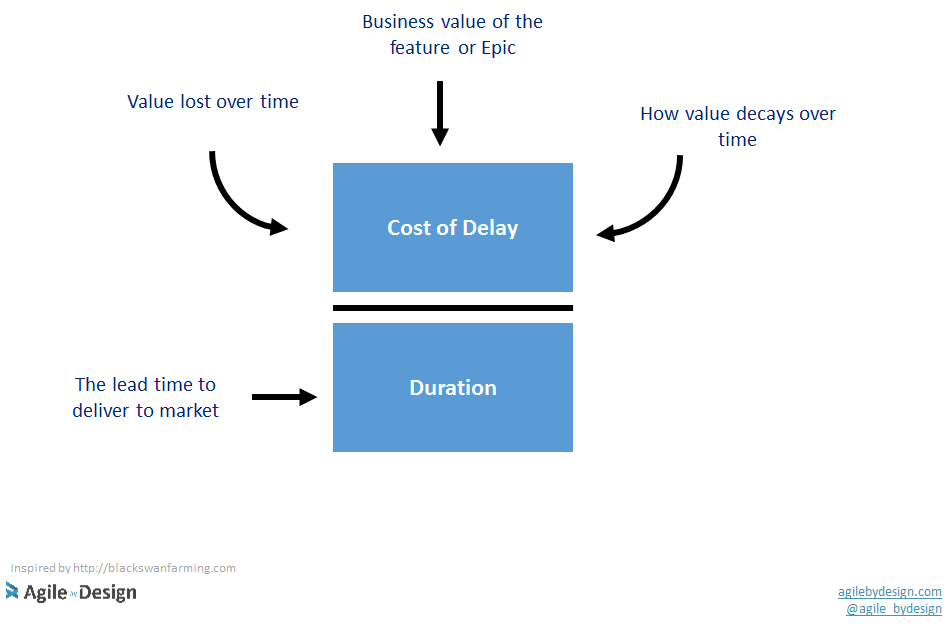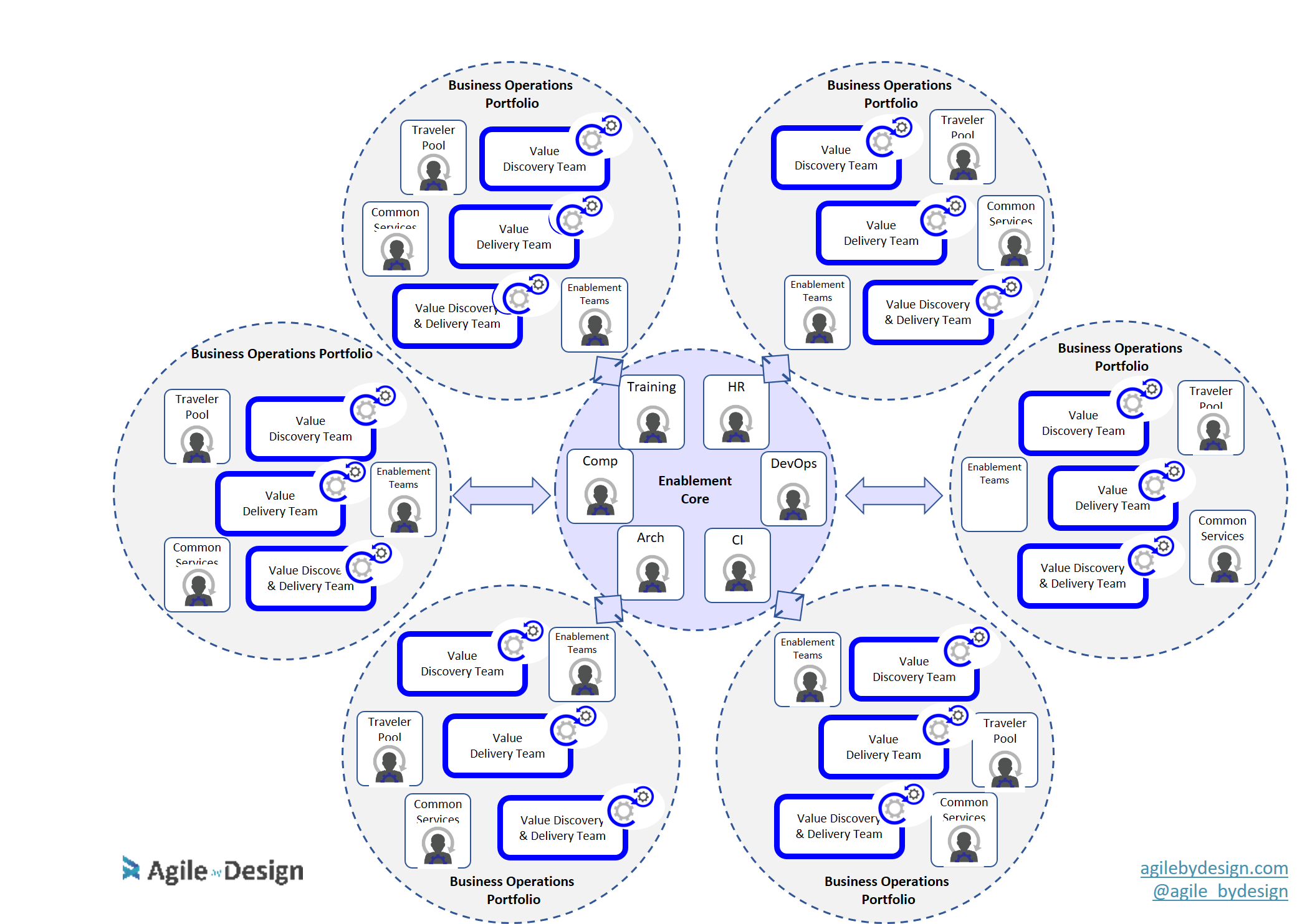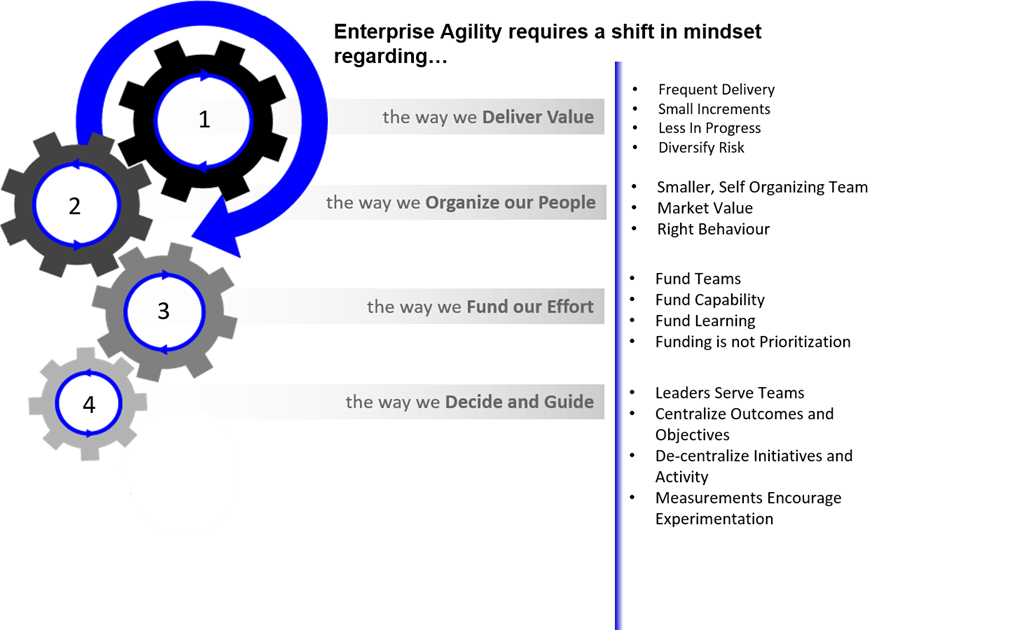Ok. In my last post, I picked on various Agile Methodologies.
It hurt to do it, and I may have offended a few of you. An important point, my issue is not with these Agile Methodologies. It's with the idea that we can describe Agile as a methodology. That's why I included the awesome Agile Methodology I created. I am not spared the withering criticism :)
The awesome factor of the method / methodology is besides the point, Ill recap some problems;
- some one else's methodology will never be fit for your purpose
- adopting an agile methodology without understanding the mindset will not lead to an increase in agility
- when you adopt a methodology you avoid thinking needed to increase agility in the first place
Many in the Agile community have been decrying the emphasis on Agile as a thing we do and instead describe Agile as a change in mindset.
Agile is about being not doing.
Note:
This article will appear, in some form, in my next book.
You can also access the entire work in progress version of the book on this page. Or better yet show your support by picking up a copy (really a table of contents at this point) here
The Agile Mindset - By Gil Broza
There are a number of texts that talk about the Agile Mindset, I really like Gil Broza's book on the subject, aptly titles The Agile Mindset. If you have not read the book, I recommend you stop reading this and go read it. For those who want to that later, I'll do my best at recapping a few of the key points that standout me:
- this thing we call Agile transcends process, practices, and technique, it is a mindset
- An agile mindset (or any mindset) is made up of the things we values, based on the beliefs we hold to be true, and expressed as principles, that manifest as various choices, actions, and decisions
- People can adopt established mindsets based on a specific context, ie a prepackaged collection values, beliefs, and principles, making it much easier to align on process, methods, and artifacts
Gil describes the values and beliefs behind the Agile Mindset as:
- We value people first, and believe that the best results come from people that are motivated, trusted, and supported
- We value adaptation, and believe change will always occur, hence evolution rather than planning is an appropriate response to complexity
- We value close customer collaboration and believe the best results come from partnership not vendor-buyer relationships
- We value early and frequent delivery of customer value, and believe customer can't know what they want up-front so we need delivery what they want right now, with a minimum of delay
Finally these values and beliefs get us to principles we can use to guide our choices, actions, and decisions.
Principles based on our values and belief regarding People
- We collaborate by forming into self-organizing teams with all of the skills required to complete customer valued work
- Servant leaders grow teams and integrate them into the larger organization, building a trusting, supportive, and humane environment
- Agile environments are built on respect, transparency, trust, and personal safety
Principles based on our values and belief regarding the way we Work
- Focus on the outcome, not the output; being effective matters over being efficient
- Defer decision making to the last responsible moment
- Strive for simplicity
- Take an experimental approach
- Keep work in a shippable, working state, ready for production
Finally an overarching principle:
Incorporating feedback in everything we do, continually learning about the customers, the business,and the team, and use that learning to always improve our process and the product
The rest of the book gets into what I'll call the normative parts of agile, using the language of choices, actions and decisions, and how these tie back to the values and beliefs.
Pretty good stuff, all said. Again if you are serious about Agile transition you could a lot worse than having a read.
Defining Agile Through a Mindset is a much better than Describing Agile Through a Methodology
I for one have much more effective dialogue when we focus on mindset vs one on methodology. Very often an agile transition is stopped dead due to the values and belief system of those involved. By addressing those values head on, you can understand where someone truly is, and get a better take on where you can guide them.
Defining Agile Using The Agile Mindset - By Me
Ok, before we get into how you (yes I mean you personally) can define Agile using a Mindset driven approach. I am going to repurpose Gil's work a bit.
First of all I am going to simplify the taxonomy. My definition is going to encapsulate Gil's mindset material in a way that helps teams better collaborate on the various parts that can go into a mindset they feel would work in their context. I want to be clear on where leaders can strive for consensus, and where we would encourage diversity. Here goes.
Secondly, I also want to make it easy for leaders to connect discussions around mindset to advice that is actionable, and pragmatically actionable. I continue to get feedback from Leaders in large (and small) organizations that they don't know how to take action against the Agile Principles as expressed in the Agile Manifesto. Some of the principles mentioned in Gil's description fit the criteria of being obviously actionable, for instance forming into self organizing teams. Other may be a little vague, for example creating an environment that is built on a trusting, safe, and humane environment.
Finally, I want to help others get feedback on their journey to this new mindset. I actually hear people, usually really smart people, espouse that they have the agile mindset and don't need to worry about any of those individual actions, behaviors and choices. So I want to support a healthier dialogue when that comes up.
Ok. Here goes.
Behavior
I connect things we value, based on what we believe, to Principled Behavior. Or Behavior period. Behavior can be observed, absence of behavior can be observed. Culture is an expression of our past behaviors that guide future behavior. Behavior is agnostic of a specific process, methodology, or method. While not all behavior will be aligned across an enterprise, many core fundamental behavior can be. The expression of those behaviors do not have to be aligned across your enterprise.
What this means is that:
- A larger group can align on Values and Beliefs, based on the larger Context and contributing to the establishment of an Identity for that larger group (ex: We value people working in a high trust team environment because we belief a diverse set of perspectives creates a better outcomes than a single individual)
- Many core, observable behaviors can be associated with the Identity and Context of the larger group (ex: because we value people working in a high trust team environment, we will help all of our employees join and contribute to a cross functional teams )
What We Don't Believe To Be True
Discussion around agility stall when someone behaves in a way that expresses a belief that runs completely counter to what we understand to be an Agile Mindset. For instance:
- A team member is not being transparent or not being collaborative, reducing trust
- A positional leader is over riding the team, eroding self organization
- A business owner wants value delivered in a really big increment, delaying feedback.
Sometimes this "anti-agile" behavior is justifiable. Sometimes it is necessary. Context is everything. However when this behavior is observed, we need to discuss it. What in our context is justifying the choice, or action? What belief system is in display? What is the countering belief that could point to a different behavior. What would the outcome be if we made a choice that demonstrated behavior closer to the Agile mindset? Can we try something and run an experiment?
I have found it very helpful to include some "Opposing Beliefs" in my Agile Definition. This way we can empower ourselves to identify when we are moving in the opposite direction, and have a healthy dialogue around if and when we can start moving back in the direction of increased agility.
Oh Ya - Methods and Methodologies Have A Place To
With all this discussion of mindset, values, and beliefs, we would be ignorant and maybe even a little arrogant if we don't look at the amazing work done by others in the agile community. So yes, I believe a definition of Agile is incomplete without some mention of techniques that others have tried. So, if we can agree flow is important, go try Kanban. If you agree small increments of value matter, get on with Story Mapping.
But just to be clear, methods, practices, etc are about choice. Only a very small number of things need to mandated to teams, enough to enable feedback and observation. Even then the "how" can be largely decentralized. The moment you say "this is how all our teams write stories across the enterprise" you are done. You have now couple Agile with an old world mindset, don't expect any trans formative miracles.
My Definition of Agile - The Values, Beliefs, Behaviors and Methods that Increase Organizational Agility
This won't be your definition BTW. This is what I value, I have pretty good consensus from the rest of Agile By Design that it is what they value as well (at least I think i do). I based a lot of this on the Agile Manifesto, Gil's Agile Mindset work, and Modern Agile by Joshua Kerievsky

The One Value And Belief Of Agile?
Recently, I tried to think up the one behavior that could support the many values, believes, and behaviors behind an agile mindset. The behavior to rule them all if you will. It may not cover everything in the agile verse, but it hope it says a lot about what we want to achieve.
We value teams guided by customer feedback because we believe that the only way to manage complexity is to enable a diverse group of people to come together and collaborate to tell compelling stories, and then rapidly test the truth or falsehood of the stories
Every popular agile practice (I think) can be framed in terms of this behavior

Ok, Now What
There are several ways you can use the Agile Mindset to promote healthy dialogue that moves an organization along the agile journey. My next post will go over some of these, with real results. Some of these results were awesome, some mediocre, some were painful. These include:
- Surveying the Current Mindset and then Running Follow On Dialogue Sessions
- Presenting the Agile Mindset and Identifying the Impediments
- Defining a Mindfulness Map with as many people as you can, co -creating the values, beliefs, ant-beliefs, behaviors and methods for your context








